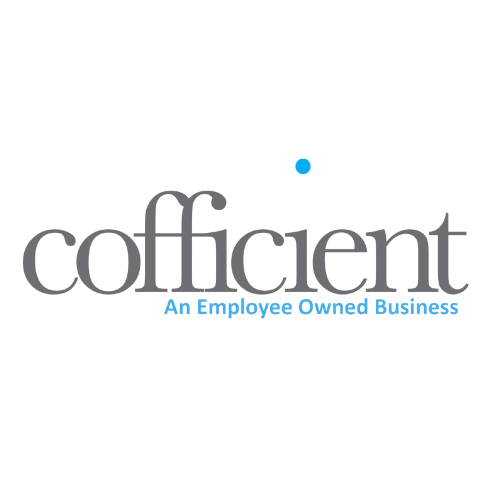
Measuring the Return on Investment (ROI) of ERP Implementation
One of the pivotal aspects businesses confront when considering technological advancements is the tangible returns they can expect. An Enterprise Resource Planning (ERP) system, particularly renowned solutions like NetSuite ERP, is no exception. How does a business determine its Return on Investment (ROI) following integrating an ERP system? This blog post clarifies the process, highlighting benefits and drawbacks and providing insights for informed decisions.
Calculating ROI: A Step-by-Step Approach
- For Manufacturing Businesses:
-
- Initial Investment: Factor in all costs related to software acquisition, hardware, training, and integration.
- Operational Cost Savings: Quantify reductions in production costs, inventory holding costs, and procurement expenses.
- Increased Revenue: Measure sales growth through improved production capacity, shortened lead times, and streamlined order-to-cash processes.
- ROI Calculation: Use the formula: [(Net Profit from ERP – Initial ERP Investment) / Initial ERP Investment] x 100%
- For Service Businesses:
-
- Initial Investment: Consider costs such as software licenses, consulting, training, and initial setup.
- Operational Efficiency Gains: Identify time saved in client management, service delivery, and invoicing. Convert this into monetary value.
- Revenue Upsurge: Evaluate the increase in client intake due to faster response times and enhanced service delivery.
- ROI Calculation: Use the formula: [(Net Profit from ERP – Initial ERP Investment) / Initial ERP Investment] x 100%
Benefits of ERP Implementations
- Improved Operational Efficiency: ERPs streamline processes, reducing redundant tasks and automating manual activities.
- Cost Savings: Through insights into business operations, companies can identify wastage, eliminate inefficiencies, and save costs.
- Greater Customer Satisfaction: Faster response times, accurate order processing, and timely deliveries enhance the customer experience.
- Improved Data Accuracy: An integrated ERP system reduces errors in data entry and ensures that all departments work with consistent and accurate data.
Navigating Challenges of ERP Implementations
ERP systems offer significant advantages but come with challenges. Employee resistance to change can be addressed through regular training and showcasing the ERP’s benefits. Data migration, especially from legacy systems, requires thorough cleaning and organisation for smooth integration. Lastly, while customising an ERP to a business’s specific needs can enhance functionality, it can also increase costs and implementation time.
Achieving Maximum ROI:
To maximise your ROI:
- Start with a clear objective and vision for your ERP implementation.
- Choose a trusted ERP provider with a track record of successful implementations.
- Engage employees at all levels, ensuring buy-in and fostering a collaborative approach.
- Monitor and analyse the system’s performance regularly, tweaking as necessary for optimal outcomes.
Measuring the ROI of ERP implementation goes beyond mere arithmetic. It’s about understanding how an ERP system influences, bolsters, and supports a business’s daily operations and long-term strategies. With diligent planning, informed decisions, and a proactive approach, the returns from ERP integration can be noteworthy.
Thinking about implementing an ERP system or keen to evaluate your existing system’s ROI? Reach out to our team at Cofficient. Let’s ensure your technology investments work diligently for your business success.



